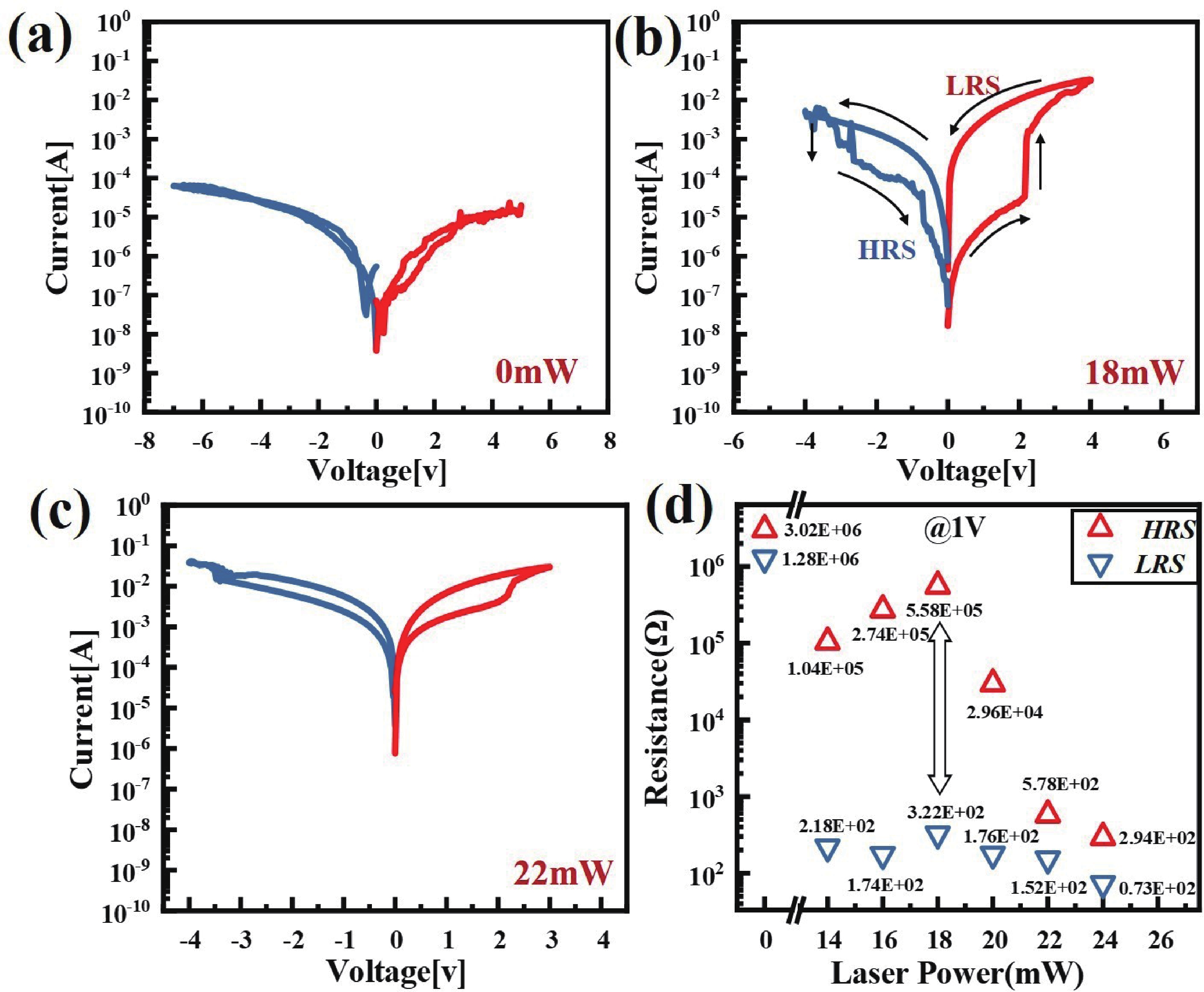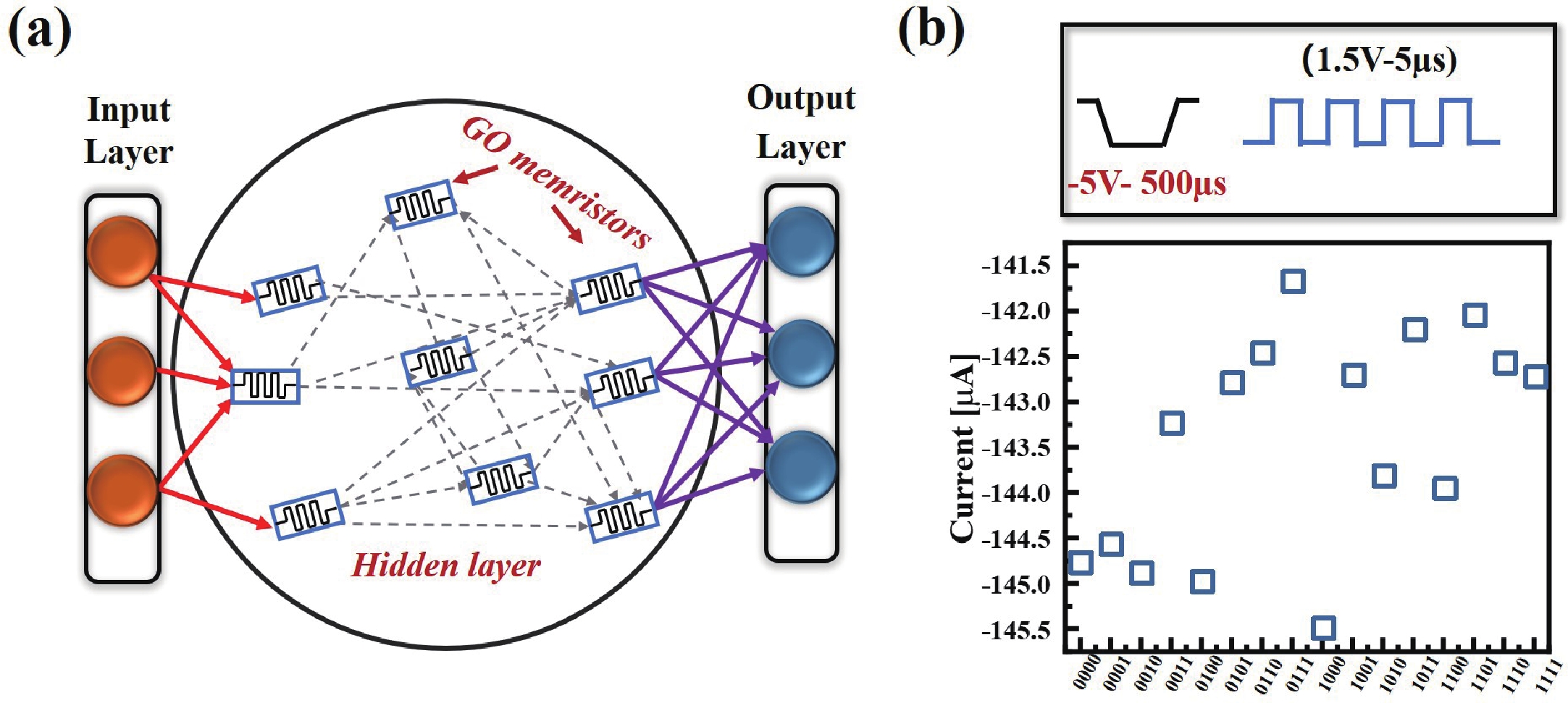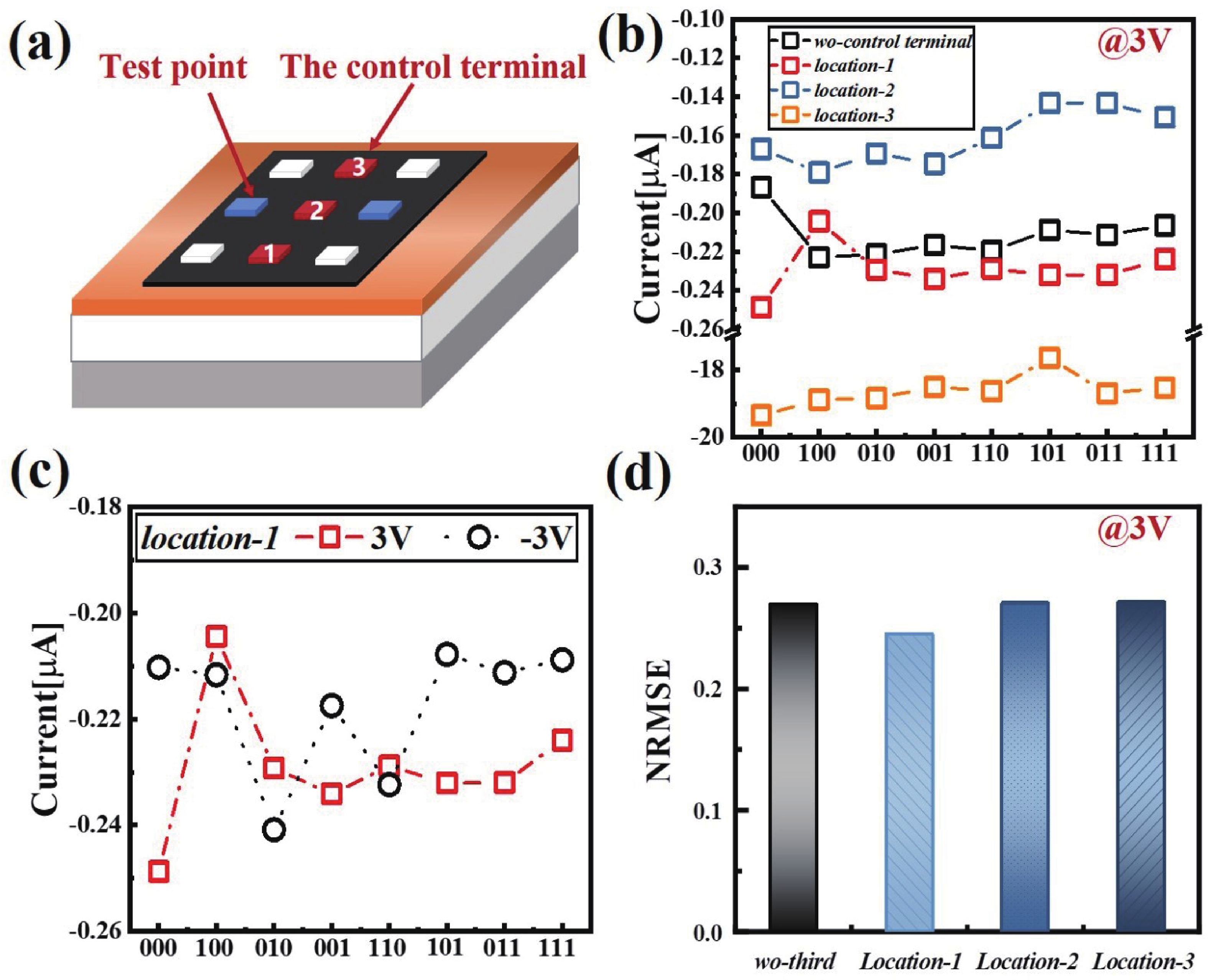| Citation: |
Bo Chen, Baojie Zhu, Yifan Wu, Pengpeng Sang, Jixuan Wu, Xuepeng Zhan, Jiezhi Chen. Laser processing induced nonvolatile memory in chaotic graphene oxide films for flexible reservoir computing applications[J]. Journal of Semiconductors, 2024, 45(12): 122403. doi: 10.1088/1674-4926/24080045
****
B Chen, B J Zhu, Y F Wu, P P Sang, J X Wu, X P Zhan, and J Z Chen, Laser processing induced nonvolatile memory in chaotic graphene oxide films for flexible reservoir computing applications[J]. J. Semicond., 2024, 45(12), 122403 doi: 10.1088/1674-4926/24080045
|
Laser processing induced nonvolatile memory in chaotic graphene oxide films for flexible reservoir computing applications
DOI: 10.1088/1674-4926/24080045
More Information
-
Abstract
Graphene oxide, as a 2D material with nanometer thickness, offers ultra-high mobility, chaotic properties, and low cost. These make graphene oxide memristors beneficial for reservoir computing (RC) networks. In this study, continuous-wave (CW) laser processing is used to reduce chaotic graphene oxide (CGO) films, resulting in the non-volatile storage capability based on the reduced chaotic graphene oxide (rCGO) films. Laser power significantly impacts the characteristics of the rCGO memristor. Material characterization indicates that laser radiation can effectively reduce the oxygen content in CGO films. With optimized laser power, the rCGO memristor achieves a large ratio at 18 mW laser power. Benefiting from the short-term memory characteristics, distinct conductive states are achieved, which are further utilized to construct RC networks. With a third control probe, the rCGO memristor can express rich reservoir states, demonstrating accuracy in predicting the Hénon map with an NRMSE below 0.3. These findings provide the potential for developing flexible RC networks based on graphene oxide memristors via laser processing. -
References
[1] Sebastian A, Le Gallo M, Khaddam-Aljameh R, et al. Memory devices and applications for in-memory computing. Nat Nanotechnol, 2020, 15, 529 doi: 10.1038/s41565-020-0655-z[2] Zhong Y N, Tang J S, Li X Y, et al. A memristor-based analogue reservoir computing system for real-time and power-efficient signal processing. Nat Electron, 2022, 5, 672 doi: 10.1038/s41928-022-00838-3[3] Yu S M, Jiang H W, Huang S S, et al. Compute-in-memory chips for deep learning: Recent trends and prospects. IEEE Circuits Syst Mag, 2021, 21, 31 doi: 10.1109/MCAS.2021.3092533[4] He C L, Zhuge F, Zhou X F, et al. Nonvolatile resistive switching in graphene oxide thin films. Appl Phys Lett, 2009, 95, 232101 doi: 10.1063/1.3271177[5] Wang Y, Li S S, Yang H Y, et al. Progress in the functional modification of graphene/graphene oxide: A review. RSC Adv, 2020, 10, 15328 doi: 10.1039/D0RA01068E[6] Porro S, Accornero E, Pirri C F, et al. Memristive devices based on graphene oxide. Carbon, 2015, 85, 383 doi: 10.1016/j.carbon.2015.01.011[7] Rani J R, Oh S I, Woo J M, et al. Low voltage resistive memory devices based on graphene oxide−iron oxide hybrid. Carbon, 2015, 94, 362 doi: 10.1016/j.carbon.2015.07.011[8] Stankovich S, Dikin D A, Piner R D, et al. Synthesis of graphene-based nanosheets via chemical reduction of exfoliated graphite oxide. Carbon, 2007, 45, 1558 doi: 10.1016/j.carbon.2007.02.034[9] Zhou M, Wang Y L, Zhai Y M, et al. Controlled synthesis of large-area and patterned electrochemically reduced graphene oxide films. Chem, 2009, 15, 6116 doi: 10.1002/chem.200900596[10] Schniepp H C, Li J L, McAllister M J, et al. Functionalized single graphene sheets derived from splitting graphite oxide. J Phys Chem B, 2006, 110, 8535 doi: 10.1021/jp060936f[11] Zhu Y W, Murali S, Stoller M D, et al. Microwave assisted exfoliation and reduction of graphite oxide for ultracapacitors. Carbon, 2010, 48, 2118 doi: 10.1016/j.carbon.2010.02.001[12] Kumar R, Pérez del Pino A, Sahoo S, et al. Laser processing of graphene and related materials for energy storage: State of the art and future prospects. Prog Energy Combust Sci, 2022, 91, 100981 doi: 10.1016/j.pecs.2021.100981[13] Zhang Y, Pei J Q, Huang Z H, et al. Maskless femtosecond-laser-processed ionotronic double-gate transistor array for pattern adaptation emulation. Adv Funct Mater, 2024, 34, 2400822 doi: 10.1002/adfm.202400822[14] Liu S L, Wan Z F, Wang Y T, et al. Polarity-controllable laser-processed graphene oxide-based memristor (Invited). Laser Optoelectron Prog, 2024, 61, 0323002 doi: 10.3788/LOP232711[15] Liang X P, Tang J S, Zhong Y N, et al. Physical reservoir computing with emerging electronics. Nat Electron, 2024, 7, 193 doi: 10.1038/s41928-024-01133-z[16] Zhong Y N, Tang J S, Li X Y, et al. Dynamic memristor-based reservoir computing for high-efficiency temporal signal processing. Nat Commun, 2021, 12, 408 doi: 10.1038/s41467-020-20692-1[17] Chen Z W, Li W J, Fan Z, et al. All-ferroelectric implementation of reservoir computing. Nat Commun, 2023, 14, 3585 doi: 10.1038/s41467-023-39371-y[18] Romero F J, Toral-Lopez A, Ohata A, et al. Laser-fabricated reduced graphene oxide memristors. Nanomaterials, 2019, 9, 897 doi: 10.3390/nano9060897[19] Loh K P, Bao Q L, Eda G, et al. Graphene oxide as a chemically tunable platform for optical applications. Nat Chem, 2010, 2, 1015 doi: 10.1038/nchem.907[20] Lim E W, Ahmadi M T, Ismail R. Modeling and simulation of graphene-oxide-based RRAM. J Comput Electron, 2016, 15, 602 doi: 10.1007/s10825-016-0813-6 -
Proportional views





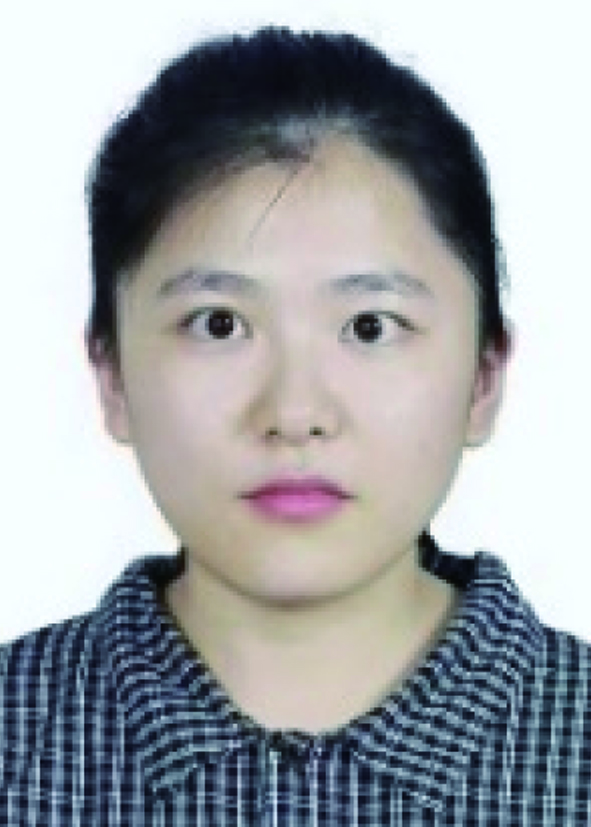 Bo Chen is a PhD student at Shandong University under the supervision of Prof. Xuepeng Zhan and Prof. Jiezhi Chen. Her research includes memristors, ferroelectric capacitors and their network implementations.
Bo Chen is a PhD student at Shandong University under the supervision of Prof. Xuepeng Zhan and Prof. Jiezhi Chen. Her research includes memristors, ferroelectric capacitors and their network implementations.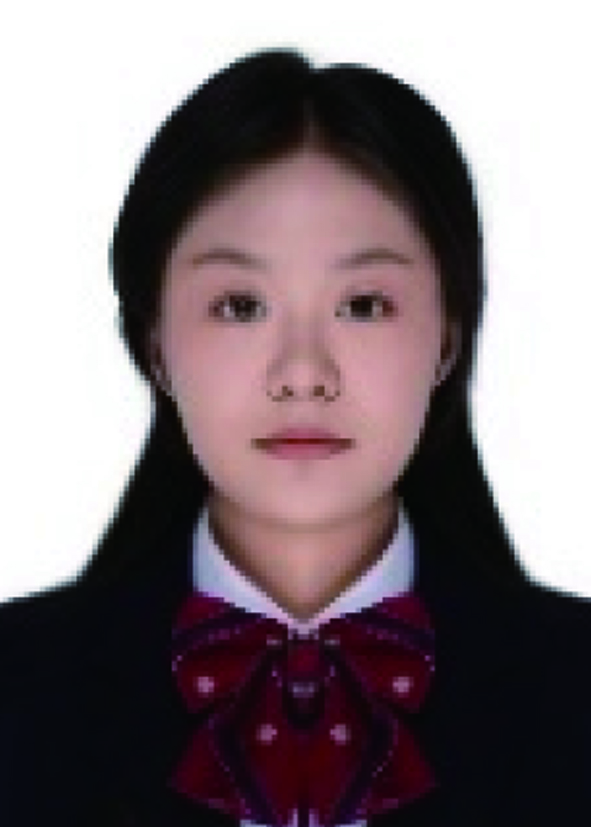 Baojie Zhu is a senior student, entered Shandong University in 2021 pursuing her bachelor's degree. Her research focuses on memristor fabrication and application.
Baojie Zhu is a senior student, entered Shandong University in 2021 pursuing her bachelor's degree. Her research focuses on memristor fabrication and application.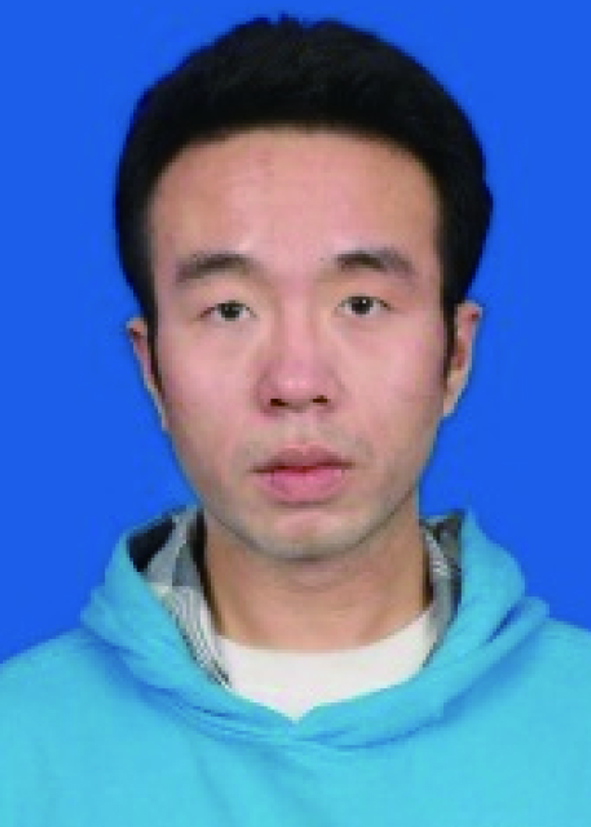 Xuepeng Zhan received the bachelor’s degree and the PhD degree from Jilin University, China, in 2012 and 2017, respectively. He was a Postdoctoral Fellow with Shandong University, China, and Liverpool John Moores University, Liverpool, U.K. He is currently working as a Professor with the School of Information Science and Engineering, Shandong University. His research interests focus on emerging non-volatile memory, hardware neural network, and femtosecond laser processing.
Xuepeng Zhan received the bachelor’s degree and the PhD degree from Jilin University, China, in 2012 and 2017, respectively. He was a Postdoctoral Fellow with Shandong University, China, and Liverpool John Moores University, Liverpool, U.K. He is currently working as a Professor with the School of Information Science and Engineering, Shandong University. His research interests focus on emerging non-volatile memory, hardware neural network, and femtosecond laser processing.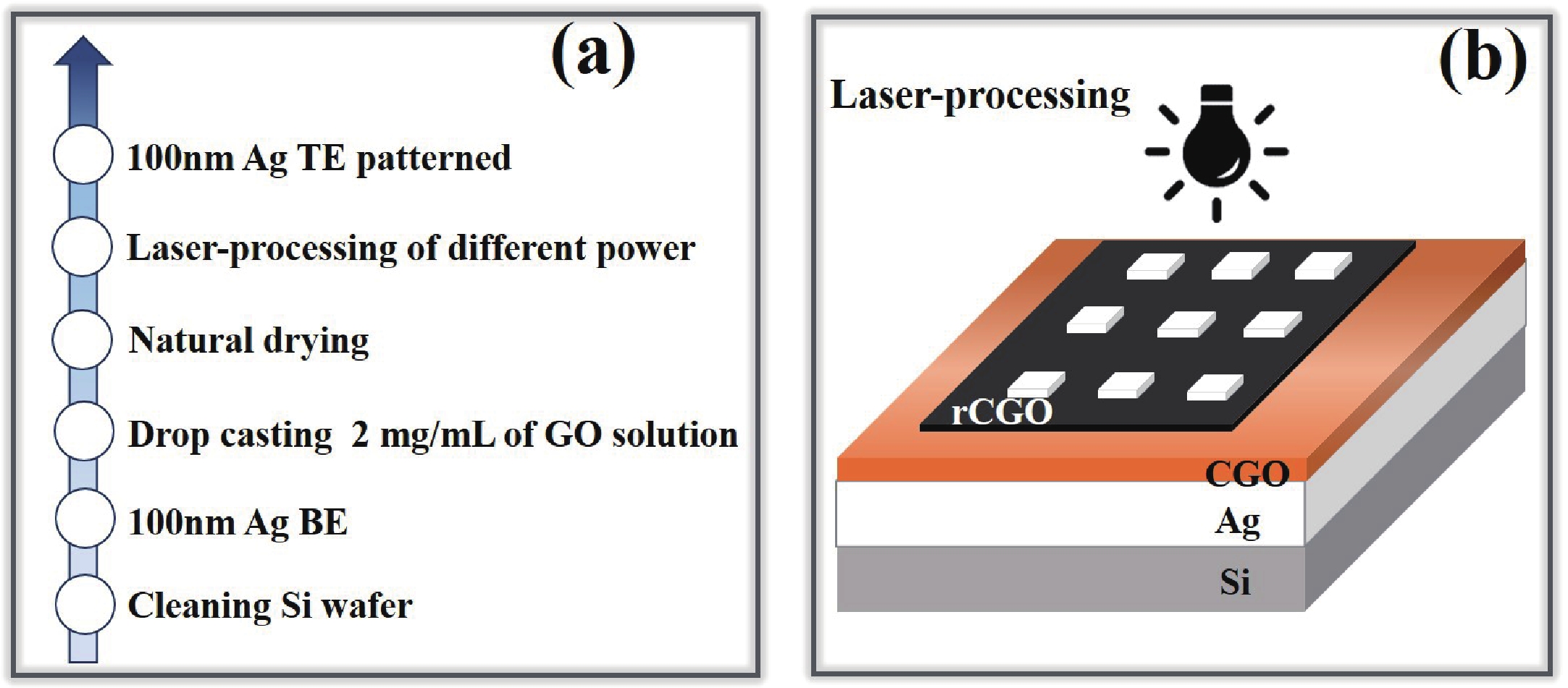
 DownLoad:
DownLoad:

